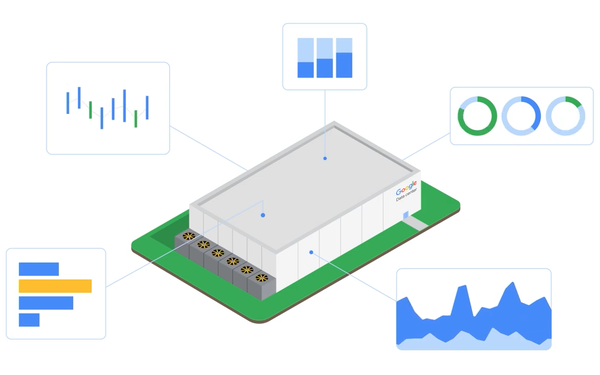
Google has released a project called
Carbon Footprint for Google Ads, available beginning Tuesday by request to select advertisers across EMEA. It will become widely available in the future.
A video on YouTube explains how the
company calculates the carbon footprint for advertising customers using Google Ads.
The calculation follows the Greenhouse Gas Protocol, the global standard for carbon accounting. It also
provides information on how to integrate Google emissions data estimates into a company’s emissions reports.
The goal is to help advertisers better measure and manage their carbon
emissions. The tool provides first-party data to marketers to help track campaign emissions in Display & Video 360, Search Ads 360, Campaign Manager 360, and Google Ads.
In
2024, Google reported a 13% increase in greenhouse gas emissions for 2023 driven by the energy required for artificial intelligence and scarce availability of renewable energy in Asia and certain U.S.
regions.
advertisement
advertisement
Google’s total emissions reached 14,314,800 metric tons, a 48% increase over 2019 levels -- the baseline for its emissions reduction targets, according to the
company’s 2024 Environmental Report published in July of that year.
A Google
spokesperson said the project rolled out globally, despite today's announcement being published on Think With Google EMEA. The post details how consumer sentiment continues to shift, with 4 in 10 European consumers “occasionally or regularly” thinking about
sustainability and climate change when shopping.
Emissions reporting requirements are rolling out across the European
Union, and Google believes this calls for a sophisticated, data-driven approach to measuring emissions generated from marketing activities.
“Our research indicates that about half of
businesses in the ecosystem are estimating the impact of digital media products and most of these have reported figures to clients,” Dimitris Beis, data analyst and sustainability lead at IAB
Europe, told Google.
Google is a founding member of Ad Net Zero that has participated in the industry working groups focused on developing this framework for estimating emissions across media
channels using media industry and climate science standards.
In a 2023 blog post, Google outlined ways to reduce carbon in advertising. The post details processes ranging from designing
energy-efficient bidding to reducing the brightness of creative assets.
But a digital ad involves more than just graphic assets. Trackers, pixels, and snippets of code are added to ads for
measurement, attribution, and data acquisition purposes. These can generate significant network traffic and create emissions.
Optimizing all these parts of the advertising process can lead
advertisers to reduce ad emissions, and create customer-specific carbon reporting for Google advertising customers.